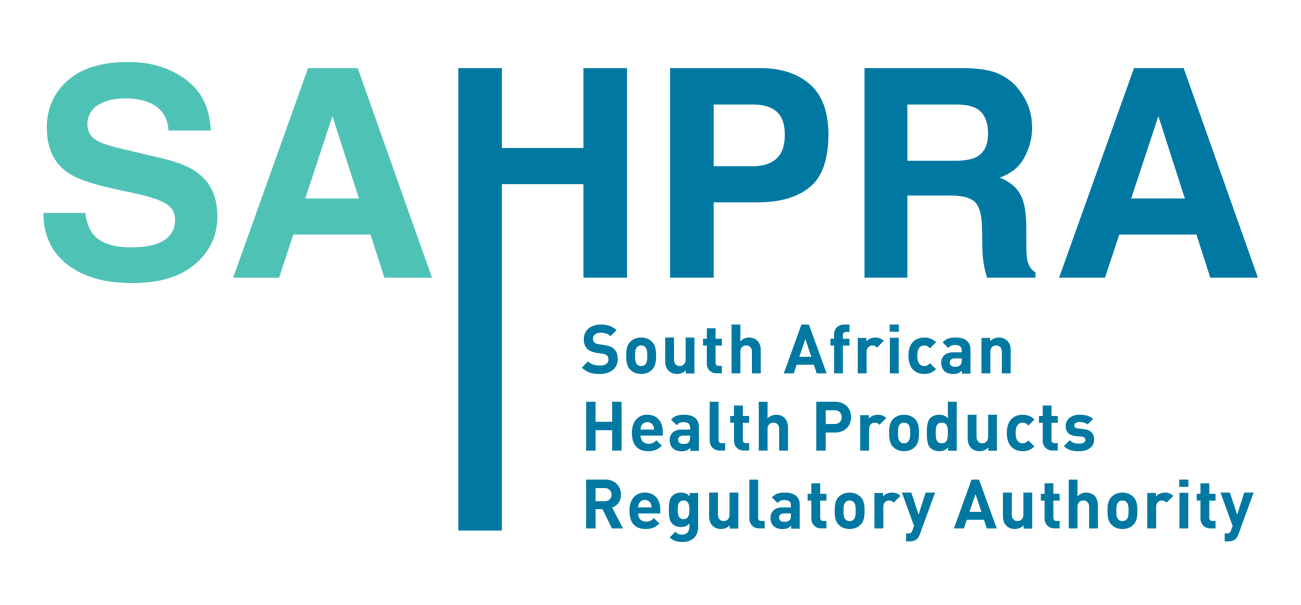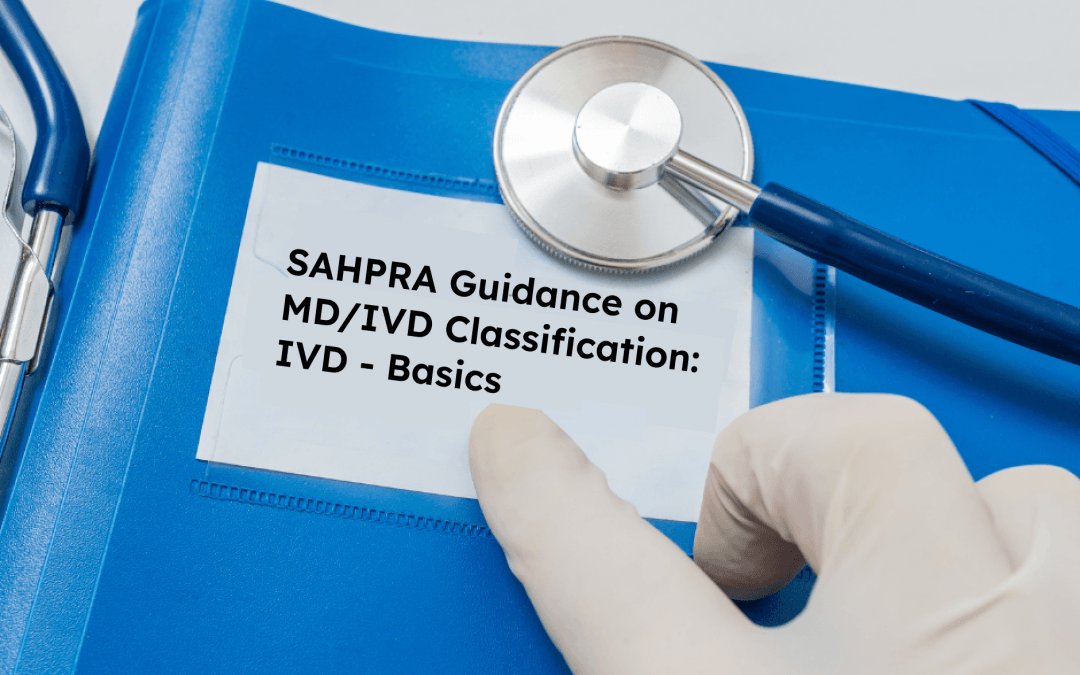The new article describes in detail the approach to be applied with respect to in vitro diagnostic medical devices, provides an overview of the classification principles, and highlights the key points to be considered in this respect.

Table of Contents
The South African Health Products Regulatory Authority (SAHPRA), a country’s agency in the sphere of medical devices, has published a guidance document dedicated to the classification rules. The document provides additional clarifications regarding the existing classification rules for general and in vitro diagnostic medical devices, as well as additional recommendations to be considered by medical device manufacturers and other parties involved in order to ensure compliance thereto. At the same time, provisions of the guidance are non-binding in their legal nature, nor are intended to introduce new rules or impose new obligations. The authority also reserves the right to make changes to the guidance and recommendations provided therein, should such changes be reasonably necessary to reflect corresponding amendments to the underlying classification rules.
IVD Classification: Overview
The scope of the South African regulatory guidance covers, inter alia, classification rules to be applied with respect to in vitro diagnostic (IVD) medical devices intended to be marketed and used in the county.
The existing classification system provides the following classes:
- Class A – no public health risk or low personal risk;
- Class B – low public health risk or moderate personal risk;
- Class C – moderate public health risk or high personal risk;
- Class D – high public health risk.
The authority also mentions that the above classification rules apply to both commercially manufactured and in-house products (the ones developed and manufactured by healthcare institutions or laboratories and intended to be used for the own purposes of such entities).
As it is further explained by the authority, when determining the applicable class, the manufacturer of the product or another party intended to place it on the market (e.g., a distributor) should take into consideration the following factors:
- The manufacturer’s intended use of the device; and
- The level of risk to the patient and the public (taking into account the likelihood of harm and the severity of that harm).
It is also important to mention that sometimes identical products could fall within different classes. This can take place in case these products are initially intended to be used for different diagnostic purposes. Hence, it is vitally important to consider the intended use of the product as specified by its manufacturer in order to ensure proper classification. According to the guidance, the information about the intended use could be obtained from:
- Information provided with the IVD (including Instructions for Use and labeling);
- Advertising materials;
- Design dossier (if applicable).
The authority additionally emphasizes that sometimes classification of a medical device in South Africa could be different from the classification of the same device in other countries. Thus, when placing the product on the South African market, a party responsible for a medical device should take into consideration the national classification rules.

Classification Principles
The document further describes the main principles the existing classification system is based on. As it was mentioned before, the core element of the classification system and rules it is comprised of is the concept of the intended purpose of the product as set forth by its manufacturer. This information should be indicated in all the labeling and documentation accompanying the product when placed on the market. The authority additionally emphasizes the importance of ensuring consistency in the information provided across all the sources. Should the intended purpose of a medical device in question be unclear from the documentation provided, the SAHPRA may request additional clarification from its manufacturer, as well as consider the purpose generally accepted in clinical and laboratory practice.
When determining the classification of a medical device, all classification rules should be taken into consideration. In certain cases, the device falls within the scope of more than one classification rule – in such cases, higher risk classification should be applied. However, according to the guidance, it could be an exception from the above principle, even if the device meets several classification rules. For instance, Rule 1.5 provides that IVDs that are non assay-specific quality control material are Class B IVDs.
The authority also acknowledges that numerous in vitro diagnostic medical devices are either supplied with, or are intended to be used in combination with other products, including other IVDs, general devices, or accessories thereto. In accordance with the regulatory requirements, classification rules should apply to each of the products separately. As explained in the guidance, an accessory to an in vitro diagnostic medical device stands for an item that its manufacturer specifically intends to be used together with an IVD, to enable that IVD to be used as intended. The authority further mentions that these products should be subject to classification separately from IVDs themselves.
In terms of IVD-specific principles to be considered when determining classification, it is important to mention that materials that are intended to be used for the calibration or quality control of a particular named assay are considered to be part of a single assay with a common intended purpose. Hence, the risk-based classification they will be subject to should be the same as any other assay component with the same intended purpose.
In summary, the present SAHPRA guidance provides an overview of the existing classification system for in vitro diagnostic medical devices. The document highlights the main principles classification rules are based on, and also provides additional clarification regarding the way they should be applied.
How Can RegDesk Help?
RegDesk is a holistic Regulatory Information Management System that provides medical device and pharma companies with regulatory intelligence for over 120 markets worldwide. It can help you prepare and publish global applications, manage standards, run change assessments, and obtain real-time alerts on regulatory changes through a centralized platform. Our clients also have access to our network of over 4000 compliance experts worldwide to obtain verification on critical questions. Global expansion has never been this simple.

